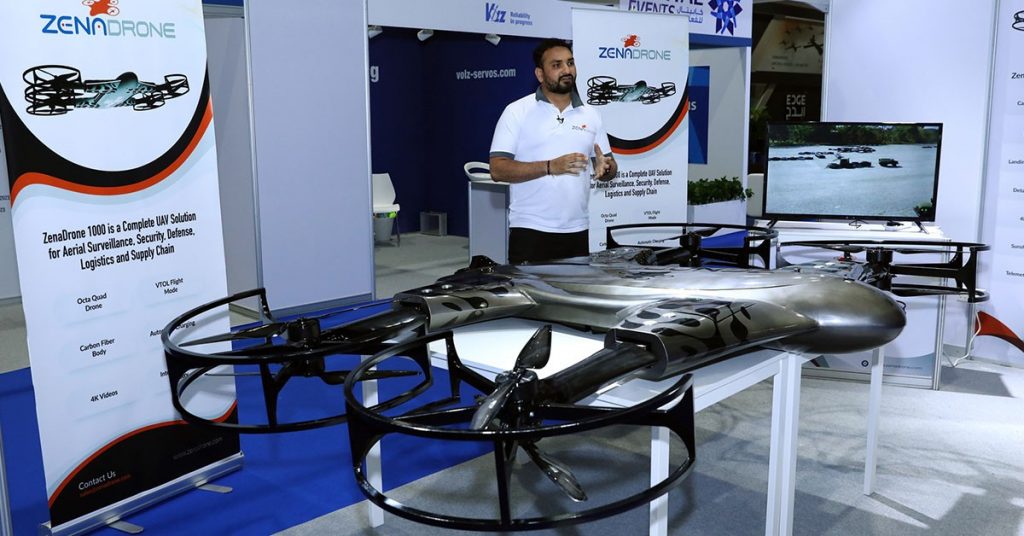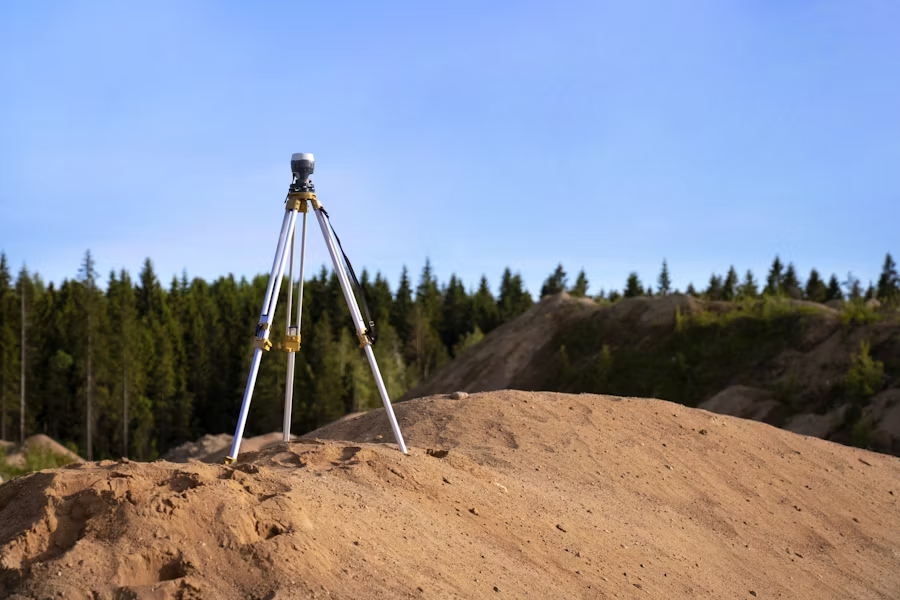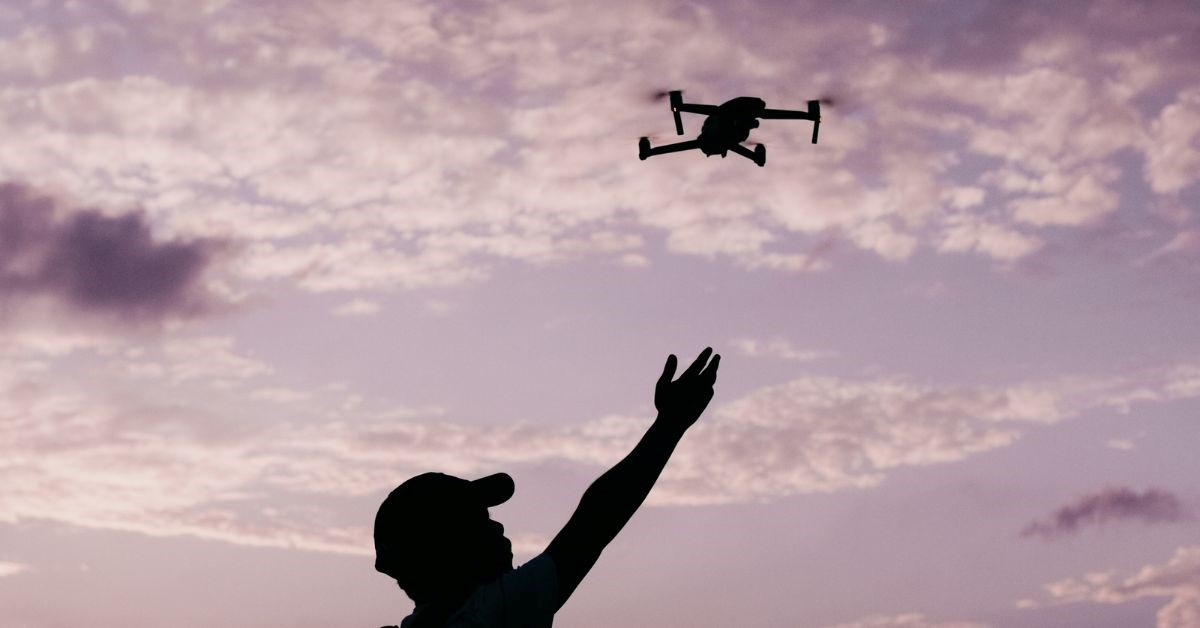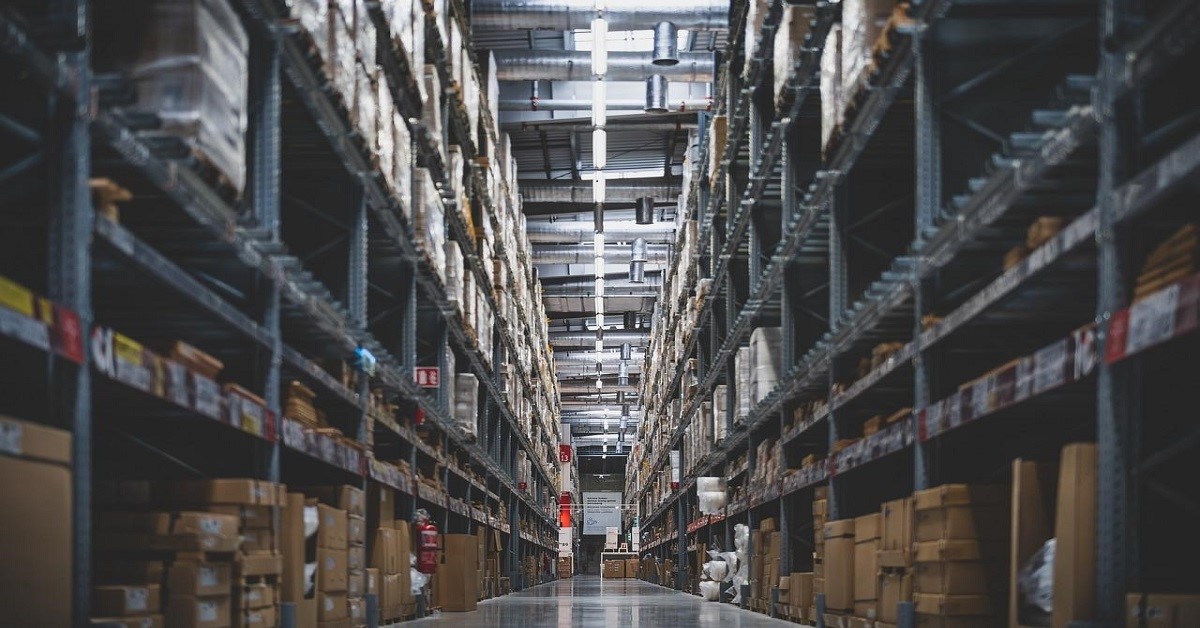Drone Delivery: Everything You Need to Know About It

The realm of e-commerce and drone delivery services has been buzzing with innovation. Among the most groundbreaking of these developments is drone delivery. Let’s dive deep and explore what it’s all about!
The Benefits of Drone Delivery
The age of drone services order for faster shipping is here, and it’s more than just a technological novelty. As the benefits become more evident, businesses and consumers are embracing the future of delivery. Let’s dive deeper into these advantages.
1: Speed
A prime benefits of drone delivery is its rapid delivery capability. Fast drone delivery services offer a unique proposition: a congestion-free mode of transportation. Traditional delivery trucks and vans often get stuck in traffic jams, especially during peak hours or in bustling urban centers.
In contrast, drones fly in a direct route overhead, unhindered by terrestrial obstacles like vehicles, pedestrians, or roadworks. This efficiency in movement ensures that packages arrive in a fraction of the time it might take a ground-based vehicle.
2: Environmental Benefits
The environmental impact of our actions and industries is a growing concern globally. Drone delivery is a greener alternative as we search for ways to reduce our carbon footprint. Most modern delivery drones are powered by electric batteries instead of gasoline or diesel-fueled engines. This switch means drones produce zero direct emissions during their flight.
As electric drone fleets grow, we can anticipate a significant reduction in carbon emissions, especially when contrasted with the greenhouse gases that traditional delivery vehicles emit. Additionally, electric drones are quieter, reducing noise pollution in urban areas.
3: Accessibility
In certain parts of the world, getting essential items like medicine, food, or communication devices can be herculean due to natural barriers or lack of infrastructure. For instance, consider a remote village on a mountain or an island community with limited ferry services. In such areas, conventional delivery methods are either excruciatingly slow or nonexistent.
Drones, with their ability to fly over challenging terrains and water bodies, offer hope. Their agile nature means they can reach areas that trucks or boats might find inaccessible, making them invaluable in emergencies or providing consistent supplies to isolated regions.
How delivery drones Works
While the concept might sound simple, there’s quite a bit of tech behind the scenes:
- Ordering: Customers choose the drone delivery option during checkout.
- Preparation: The package is prepared and loaded onto the drone. Special custom packaging is often used to secure items during flight.
- Flight: Advanced GPS systems guide the drone. The drones fly autonomously, but human operators are usually on standby to take control if necessary.
- Delivery: Drones either land to drop off the package or lower it using a tether system. Customers might receive a notification when their package is about to arrive.
The Challenges
The promise of instant drone delivery services is undoubtedly enticing, but like all emerging technologies, it comes with obstacles. To fully appreciate the potential of drone deliveries, it’s essential to understand the challenges that still need to be addressed.
Safety Concerns
Safety drones are paramount when introducing any new mode of transport, and drones are no exception. Drones, being mechanical devices, are susceptible to malfunctions, whether from system errors, manufacturing defects, or external damage. If a drone malfunctions mid-air, it could result in the drone falling, which poses a risk to people, animals, and property below.
The risk extends not only to the drone’s cargo but to the drone itself – these devices, significantly larger models, can be weighty. As a result, there’s a pressing need for rigorous testing, reliable fail-safes, and possibly even parachute systems to ensure that harm is minimized even in the event of a malfunction.
Weather
While drones might bypass terrestrial traffic, they face their challenges in weather. Unlike traditional delivery vehicles that can often continue their routes in various weather conditions, drones are much more susceptible to strong winds, heavy rain, snow, or fog. These conditions can throw a drone off its intended path and damage its sensitive electronics.
Developing drones that can withstand a broader range of weather conditions or incorporating advanced weather prediction into flight planning software are potential solutions, but these challenges remain significant.
Air Traffic Management
The sky, much like our roads, can get crowded. The skies could become congested as drones become more popular for various applications beyond just delivery, such as photography, agriculture, and surveillance.
Managing this aerial traffic is crucial to prevent mid-air collisions and ensure the safety of drones and other aircraft like helicopters and planes. This challenge necessitates the development of sophisticated air traffic management systems, possibly incorporating AI, to monitor and coordinate drone movements in real time.
Battery Life
Powering drones are lithium-ion batteries, which determine how far and how long a drone can fly. Current battery technology, while impressive, still limits drones in terms of their range and the weight they can carry. A drone carrying a heavier package will drain its battery faster, reducing its delivery radius.
Similarly, longer routes require drones to have larger batteries, which could increase their weight and reduce cargo capacity, or more frequent charging stations. Advancements in battery technology or alternative power sources are crucial for drones to realize their full delivery potential.
The Future of Efficient Drone Shipping Solutions
The possibilities are vast when considering the future of efficient drone shipping solutions:
- Integration with Other Technologies: Imagine combining drones with AI to optimize delivery routes or using blockchain to track shipments securely.
- Medical Deliveries: Drones can be life-savers, delivering medicines or vaccines to hard-to-reach places.
- Larger Delivery Drones: As technology advances, we can see larger drones capable of carrying more substantial items, expanding the types of goods that can be delivered.
Conclusion
Drone delivery is more than a futuristic concept; it’s becoming integral to our daily lives. From fast drone delivery services to the potential of creating more efficient drone shipping solutions, the sky’s the limit for what these flying machines can achieve. As with all technological innovations, there will be GPS drone challenges, but the potential benefits for businesses and consumers make this a trend worth watching.
Contact Us
Thank you for your message. It has been sent.
Latest Posts
Social Profiles















